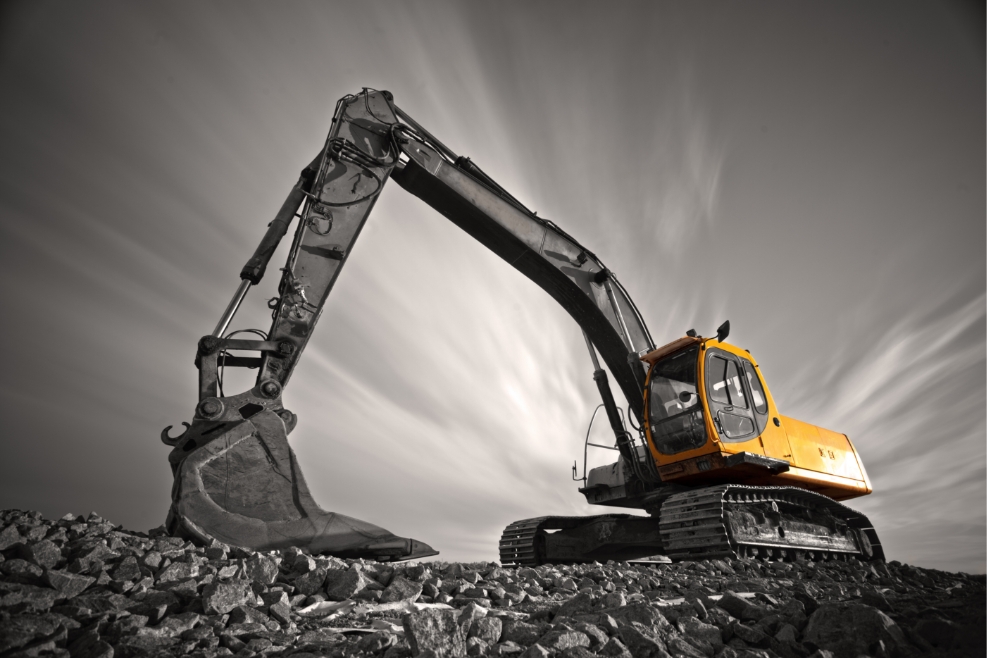Essential Steps to Ensure a Smooth and Successful Excavation Project

Site preparation is a crucial aspect of any excavation project and lays the groundwork for the entire process, ensuring the project can be completed efficiently, safely, and without costly delays. As a full-service excavating company with 30 years of experience, DL Nagel Excavating understands the intricacies involved in preparing a site for excavation, whether it’s for mainline and facility pipeline construction, lease development, water and sewer repair, or the installation of cisterns and septic systems. Our team of experts follows stringent guidelines and best practices, ensuring clients across southeast Alberta and southwest Saskatchewan receive the highest quality results in their projects.
In this blog, we will delve into the importance of proper site preparation for excavation projects. We will discuss the critical steps that need to be taken, from surveying and marking the site to clearing debris and ensuring a safe work environment for all involved. By exploring erosion control measures and the need for stable foundations, this blog will provide insight into the essential aspects of quality site preparation. Our in-depth examination will showcase DL Nagel Excavating’s dedication to diligence and expertise in all stages of the excavation process, emphasizing our commitment to delivering excellence every step of the way.
As you read through this informative and educational blog, you will gain invaluable insights into excavation site preparation, empowering you to make informed decisions about your projects. By understanding the best practices employed by DL Nagel Excavating and the value of diligent site preparation, you can ensure smoother project timelines, increased safety, and an overall successful excavation experience.
Importance of Proper Site Preparation for Excavation Projects
Before breaking ground on any excavation project, it is crucial to take the time to prepare the site properly. This process is essential for several reasons, including:
Surveying and Marking the Site
The area must be properly surveyed and marked before any heavy machinery is brought to the excavation site. This involves determining the boundaries of the excavation area and identifying any specific features, utilities, or obstacles that need to be considered during the project.
Surveying can be carried out using various methods, including GPS systems, laser levels, and conventional land surveying equipment. Once the site has been surveyed, it’s essential to place clear and visible markers to guide equipment operators, workers, and other personnel throughout the project. This ensures that work is carried out accurately, efficiently, and safely.
Clearing and Grubbing: Removing Vegetation and Debris
One of the first steps in site preparation is clearing and grubbing—removing vegetation, debris, or obstacles from the excavation area. This process is essential in creating a clean, safe, and accessible work zone and preventing damage to machinery or equipment during excavation.
Clearing involves the removal of trees, shrubs, brush, and grass, while grubbing refers to removing roots, stumps, and other underground obstacles. The exact methods used will depend on the size and complexity of the project, as well as the type of vegetation being removed. Heavy machinery like bulldozers or excavators may be used for large-scale clearing, while smaller equipment, such as chainsaws and stump grinders, may be more appropriate for smaller projects or tight spaces.
Grading and Levelling: Ensuring a Stable Foundation
Grading and levelling are adjusting the site’s slope and grade to create a stable surface for excavation and construction. This step in the site preparation process is crucial for ensuring equipment has a stable foundation to work on, preventing uneven settling or shifting, and minimizing erosion risk.
Grading involves cutting and filling the soil to achieve the desired slope, while levelling involves smoothing and compacting the site to create an even working surface. This can be achieved using grading equipment, such as bulldozers, graders, and skid-steer loaders. Meanwhile, various compaction equipment, such as rollers and compactors, can be utilized to ensure the soil is properly levelled and compacted.
Erosion Control Measures for Excavation Projects
Erosion control is critical to site preparation, especially in areas prone to heavy rainfall or unstable soils. Some common erosion control measures include:
Establishing a Safe and Functional Work Area
Once the foundational aspects of site preparation are complete, it is essential to establish a safe and functional work area. This involves setting up barricades, fences, or barriers for pedestrian control, providing proper access routes for vehicles and equipment, and ensuring adequate space for material storage and waste disposal.
Additionally, it is important to establish and enforce strict safety protocols, such as personal protective equipment requirements, hazard communication, and emergency response plans. Companies like DL Nagel Excavating can ensure a smooth, efficient excavation project with minimal disruptions by emphasizing safety and functionality.
The Value of Diligent Site Preparation for a Successful Project
Diligent site preparation is the foundation of a successful excavation project. By following best practices in surveying and marking, clearing and grubbing, grading and levelling, erosion control, and ensuring a safe work environment, excavation companies like DL Nagel Excavating set the stage for a smooth, successful project. By recognizing the importance of proper site preparation, clients can confidently choose an experienced team like DL Nagel Excavating when needing excavating services in Southeast Alberta and Southwest Saskatchewan.